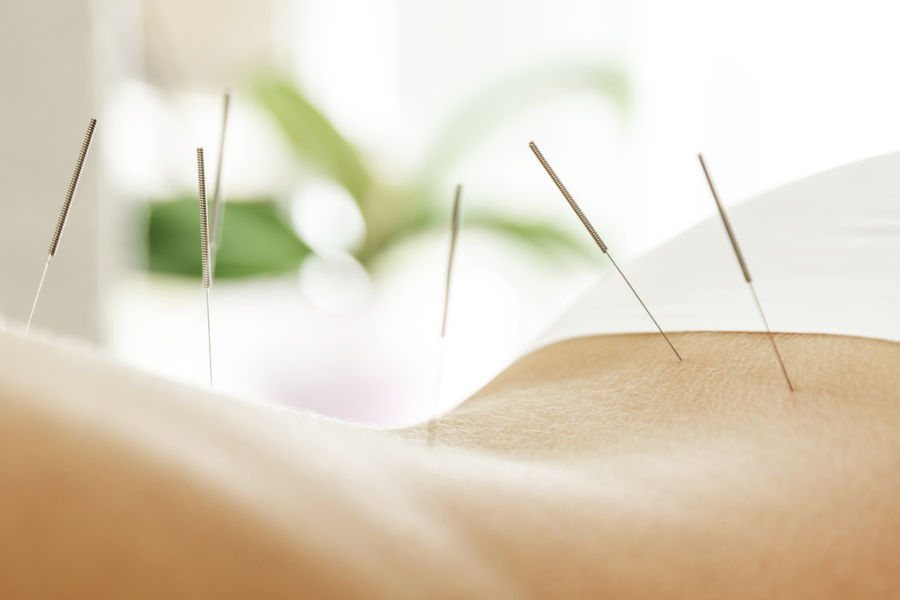
Dry Needling
Release Tension and Relieve Pain with Dry Needling Therapy.

What Is Dry Needling?
The term "dry needling" may have caught your attention as a medical procedure, and you may have questioned what it truly entailed or whether it may be good for you.
Dry needling is a safe, barely uncomfortable, and frequently helpful therapy for individuals with certain musculoskeletal presentations, despite the daunting name of the operation.
How Does It Work?
Dry needling, also known as trigger point needling or myofascial trigger point needling, is a modern treatment technique used to ease muscular pain.
To treat myofascial pain, acupuncturists, some chiropractors, medical professionals, and some physical therapists (PTs) use this technique. The origins of the term "myofascial" are "myo" (which denotes muscle) and "fascia" (which refers to the tissue that connects muscle).
Trigger points are knotted regions that can occasionally form in muscles. Touching these trigger points may cause discomfort due to their extreme sensitivity. They frequently also contribute to transferred pain. Thin, solid needles are pushed into trigger sites by medical professionals. Instead of administering medication, the needles are utilized to stimulate the tissue.
Movement patterns are impacted by pain. It is believed that dry needling alters the ways the brain and muscles communicate, allowing the system to revert to a movement pattern that is more typical.
When a patient may feel a variety of sensations while being injected with a needle, it is generally seen as a favorable indicator if the patient feels sore or achy in their muscles or twitches their muscles. Depending on the type of pain being addressed and also how long it already has lasted, the needles could be put deeply or minimally, for either short or long intervals of time. Longer intervals may imply 10 to 15 minutes, whereas shorter periods could entail only a few seconds with the needle in the muscle.
What Are The Benefits Of Dry Needling?
-
Relieve Pain and Muscle Tightness.
-
Improve Recovery Speed.
-
Improve Range of Motion.
-
Improve Chronic Pain.
What Are The Side Effects Of Dry Needling?
The mechanical process of dry needling, in which the needle is handled and moved without the use of drugs, is regarded as being safe. Temporary pain or stiffness are some of the mild side effects that might happen. This is brought on by the twitch reaction, which is thought to be less painful than the trigger point discomfort.
Dry needling is not appropriate for everyone. Patients with impaired immune systems, needle phobias, or skin issues should think about finding an alternative form of therapy for chronic myofascial pain.
Dry needling side effects include:
-
Temporary increase in pain.
-
Bruising or bleeding.
-
Fainting.
-
Fatigue and tiredness.
-
Skin reactions.
-
Pneumothorax.
